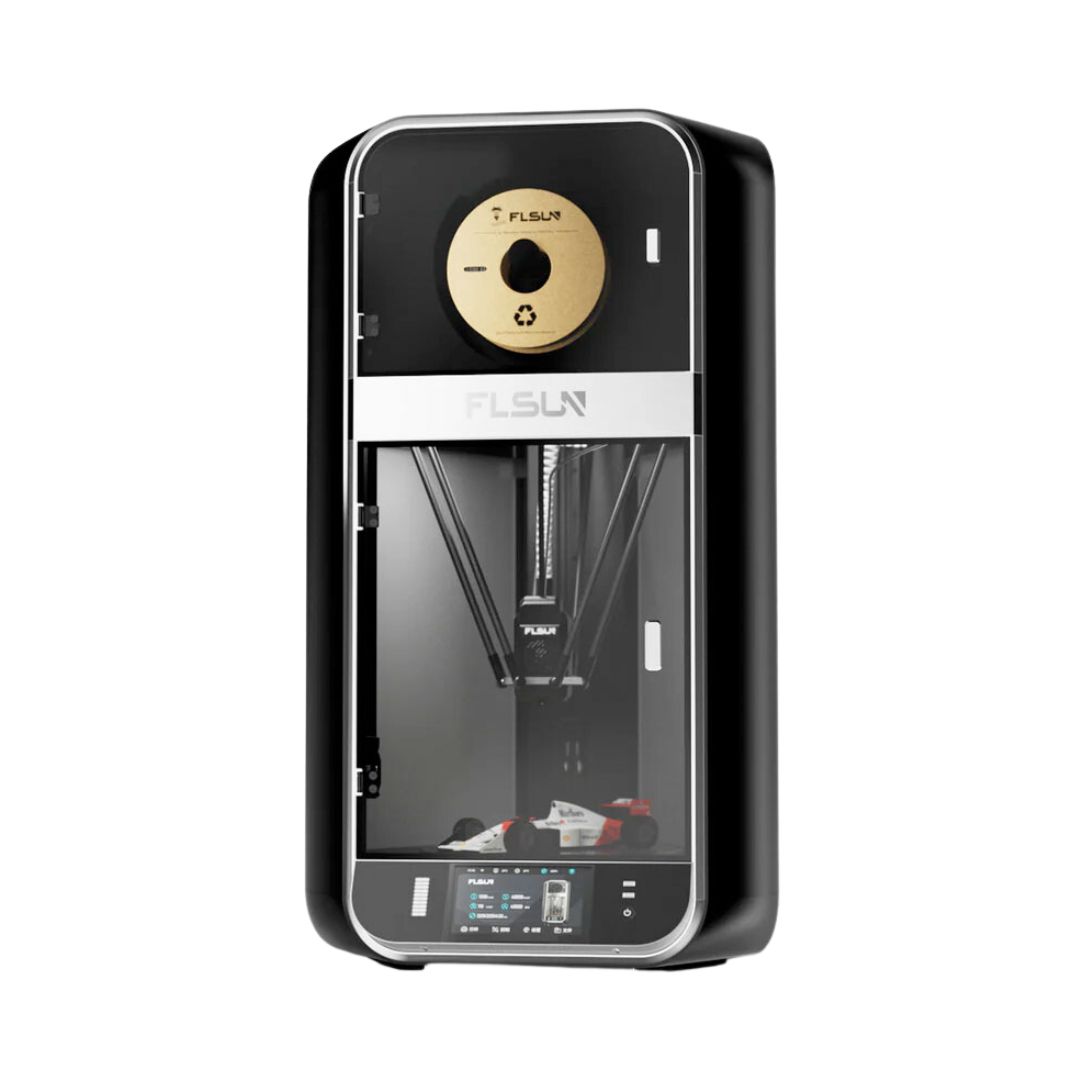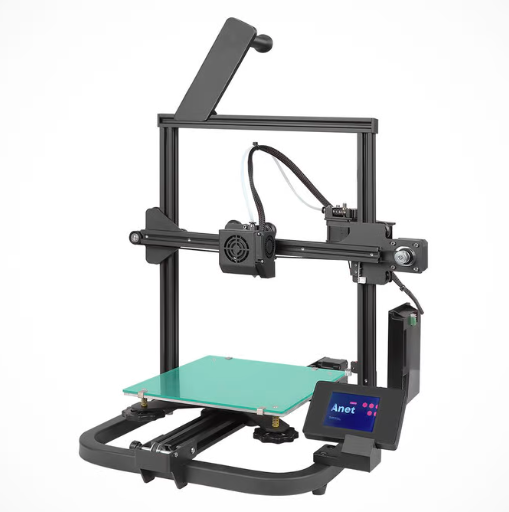Compare S1 PRO vs A8 V2
Comparison between the best 3D printers
Choose the best 3D printer at the best price. The cheapest 3D printers are here.
Buy a 3D printer here with 3D Fila.
 |
 |
|
| Model | S1 PRO |
A8 V2 |
| Printing Material | Filament | Filament |
| Buy Filament for FLSUN S1 PRO | Buy Filament forAnet A8 V2 | |
| Estimated price | $1500,00 | $129,00 |
| Manufacturer | FLSUN | Anet |
| Release Year | 2024 | 2021 |
| Print Volume [mm] | 320x320x430 | 220x220x250 |
| Printer Size [mm] | 450x450x1200 | 428x441x486 |
| Weight [kg] | 41 | 6,2 |
| Power Loss Recovery | YES | NO |
| Enclosed printer | YES | NO |
| Bed Leveling | Automatic | Manual |
| Filament End Sensor | YES | NO |
| Bed type | Heated | |
| Power supply system | Direct Drive | Bowden |
| Standard nozzle | 0,4 | 0,4 |
| Maximum Nozzle Temperature [°C] | 350 | 230 |
| Maximum Bed Temperature [°C] | 120 | |
| Maximum printing speed [mm/s] | 1200 | 150 |
| Filament holder | YES | YES |
| Camera for supervision | YES | YES |
| Recommended filaments | PLA, PETG, TPU, ABS, ASA, Nylon, PC, PP, HIPS | PLA |
| Recommended slicers | FLSun Slicer 2.0, Orca Slicer | Cura, Simplify, Slic3r, IdeaMaker |
| Maximum Resolution [mm] | 0,01 | 0,1 |
| Processor | ||
| Display | Touchscreen 7'' | Display touchscreen 2,8'' |
| Power Supply | 500W 110-240V, 50/60HZ | 110/220V / 250W |
| Connectivity | Wi-Fi, USB, app FL Sun World | SD / USB |
| Operating systems | Windows, Mac | Windows, Mac, Linux |
| Date of registration in the system | 2024-12-16 | 2022-11-10 |
| Release date | 2024 | 2021 |
| Extra features | The FLSUN S1 Pro is a high-speed Delta 3D printer, reaching up to 1200 mm/s with 40,000 mm/s² acceleration. It features a build volume of 320 mm (diameter) x 430 mm (height), a 350°C hotend, dual-zone heated bed up to 120°C, a 50°C heated chamber, and an active filament drying holder. It includes a camera for remote monitoring, integrated UPS for power-loss safety, a HEPA filter, and a 7 touchscreen interface. Perfect for large and complex projects. | The Anet A8 V2 is a Cartesian-XZ type 3D printer with a build volume of 220 x 220 x 250 mm, Ender 3 design and V-slot assembly. It has a 32-bit motherboard and touchscreen interface, promising ease of use. It uses open source firmware and has thermal failure protection. It stands out for its cable organization and the absence of a heated bed, focusing on energy savings and PLA printing. It comes with an external power adapter, aiming at greater safety, especially for beginners and educational use. |
| Support for multiple colors and materials (AMS and CFS) | NO | NO |
Notes * |
||
| Cost-benefit | 7 / 10 | 6 / 10 |
| Hardware | 5.4 / 10 | 0.6 / 10 |
| Tela | . | . |
| Print volume | 4 / 10 | 3 / 10 |
| Performance | 9 / 10 | 1 / 10 |
Conclusion |
| In comparing the FLSUN S1 PRO and the Anet A8 V2 3D printers, it is clear that both models cater to different segments of the market, demonstrating distinct advantages and shortcomings. The FLSUN S1 PRO is a high-performance machine designed for advanced users or professionals. With a larger print volume, faster maximum printing speeds, enhanced thermal capabilities, and advanced features such as automatic bed leveling and power loss recovery, it offers a robust solution for complex project needs. Its enclosed design and elevated build quality also provide safety and reliability, making it suitable for a wider variety of filaments, including high-temperature materials. Furthermore, the touchscreen interface, integrated camera for monitoring, and connectivity options enhance usability and control. Conversely, the Anet A8 V2 is positioned as a more affordable, entry-level option. While it lacks many of the advanced features of the S1 PRO, it still offers solid performance for basic printing tasks. The simplicity of its design makes it an accessible choice for beginners and educational environments. However, the Anet A8 V2's limitations in print volume, manual bed leveling, and overall versatility may restrict users who wish to explore more complex printing applications. Ultimately, the choice between the two depends on individual needs and budget. The FLSUN S1 PRO represents a significant investment aimed at serious users looking for high speed and quality, while the Anet A8 V2 offers an economical solution for those who prioritize affordability and ease of use over advanced features. Therefore, considering both capability and cost, potential buyers should weigh their specific requirements against their budget to make an informed decision. |

